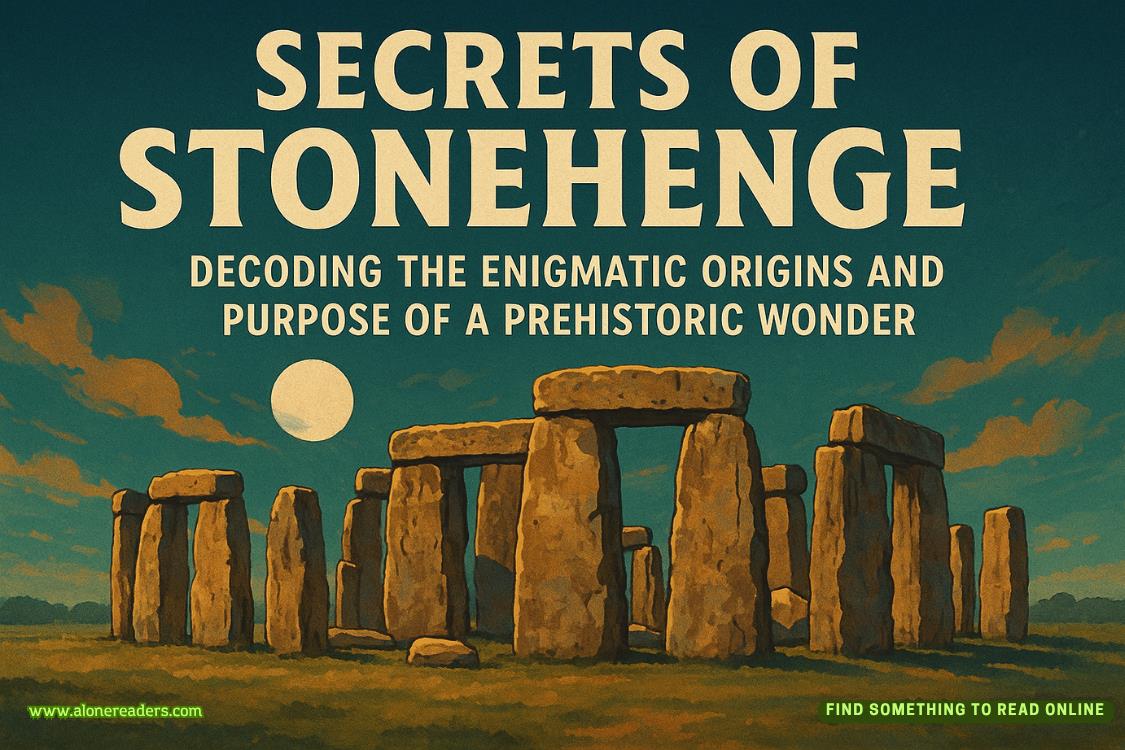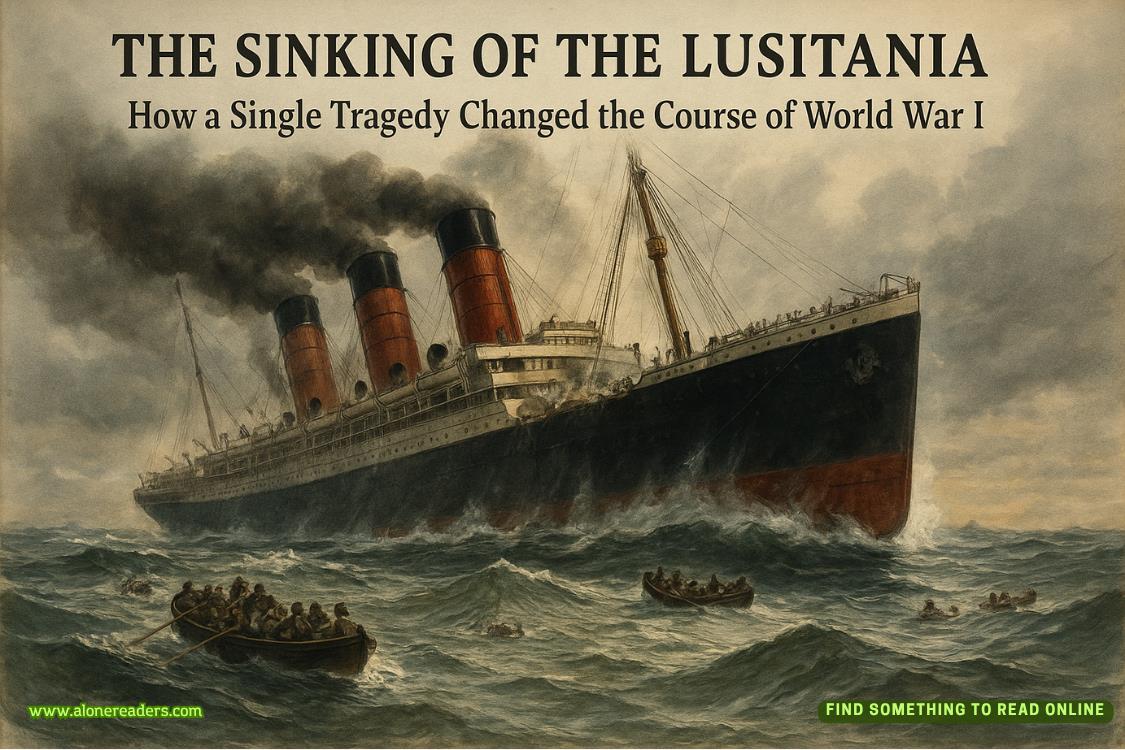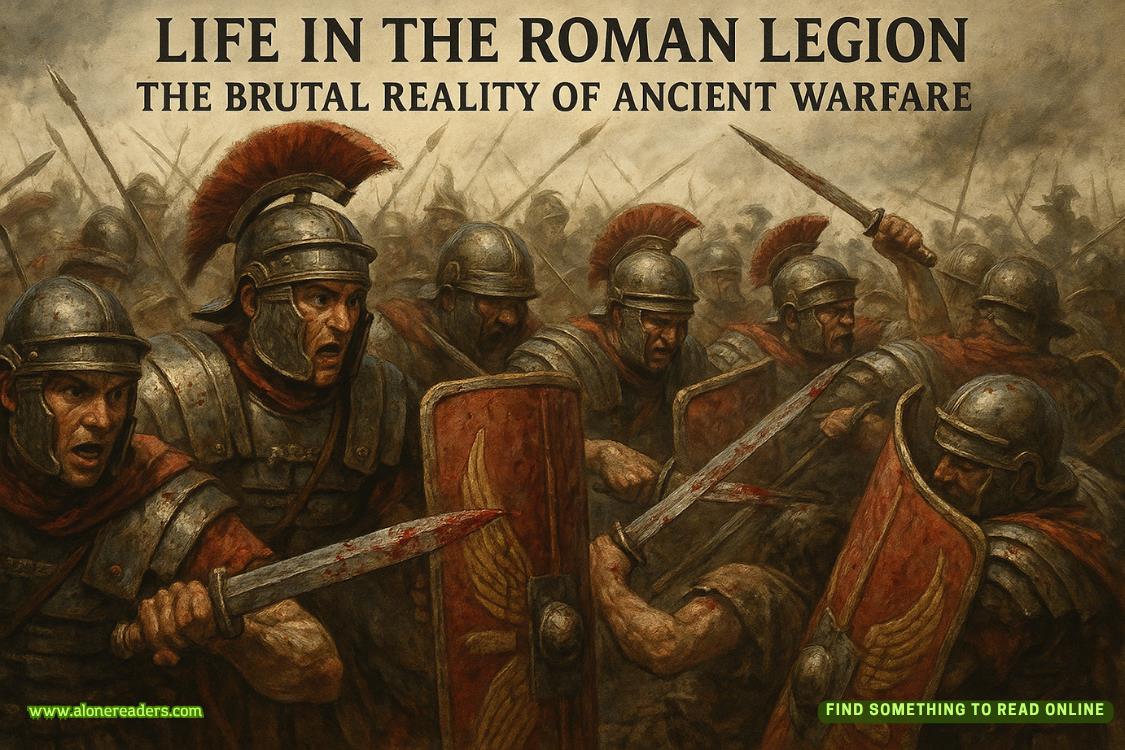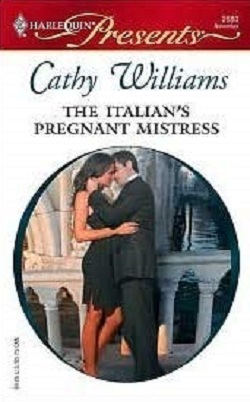IMEETLORDCROMWELLat the king’s gift-giving, and companionably, we watch the courtiers coming forward as if to pour sacrifices of blood on a reeking altar.
‘You are keeping Lady Margaret Pole and Gertrude Courtenay in the Tower with the little boys?’ I confirm. ‘But they will be released?’
‘Of course – nobody would execute such great ladies, and the boys are just children. But I’ve no doubt they will return to plotting as soon as they are free. I’m surrounded by rivals who take the king’s fancy and drag him their way. There’s always some bright lad coming up through the ranks; there’s always a pretty Howard girl in the nursery.’
I laugh at the truth of this. ‘My uncle was speaking to me of a cousin – Katheryn Howard, his niece – who should come to court. And the king’s rooms eat up young men like amanticore– he needs a constant supply of companions. But you are secure?’
‘While the king wants a well-run country, a fortune without the trouble of earning it, and everything done his way before he’s thought of it – I am secure.’ He looks at the king, receiving gifts that cost a fortune and handing out baubles. ‘But serving a man of power is to feed a furnace. The more that he has, the more he wants.’
‘Wealth?’ I ask.
‘Wealth I can easily get,’ says the destroyer of the Church. ‘It is power that is harder. The greatest want for a rich man is power over others.’
Whitehall Palace, Spring
1539
NICHOLASCAREW IStried and beheaded in the spring for the crime of questioning the arrest of the Pole family. Since he dies for asking a question, no one dares to inquire about him. I think someone should speak out for him; but he was no friend of mine nor friend to my husband, so I don’t speak.
In May, Lord Cromwell brings the case of his old enemy Lady Margaret Pole before parliament, as if it were another May Day joust. He shows the House a silk tunic found in the bottom of an old trunk at her home, embroidered with the five wounds of Christ – the old crusader badge that the pilgrim rebels wore when the north rose up. There is nothing to connect the banner with the rebellion; there is nothing to prove that the old lady even sewed it, that it was not laid away by an old crusader’s wife, years before. But a single silk banner is enough for this cowed parliament to condemn her to death without trial.
Nobody dares to defend a disgraced princess – we have three of them already, silent at court. Nobody is going to speak up for the mother of a cardinal. The old lady waits for her death in the Tower of London, where her son Henry and his kinsman were killed. Her twelve-year-old grandson Harry, Gertrude Courtenay, and her son Edward visit her in her cell.
‘But she won’t be executed?’ I ask Lord Cromwell. ‘You said she would not be executed?’
‘No,’ he reassures me. ‘In time, she’ll be released, but she’ll never again have the power to raise the north or kill a queen, your sister, or your husband. It is the end of the Poles and the Spanish party, as I promised.’
We exchange a smile. This is our revenge.
Westminster Palace, Summer
1539
THE COURT’S MOODswings against old families and the old faith. At midsummer, we have merry joust of barges on the river. On one side is a barge dressed in imperial purple, crewed by a gross figure, fattened on indulgences, waving a papal crook, and a whole college of fat lazy cardinals splashing about with oars. On the other side of the river on their barge are Tudor green rowers and black-and-white soldiers of reform. Fireworks explode around them, mock cannon fire roars, and jets of water spurt, as battle is joined, and the royal barge, with the king and the ladies of the court, rows close enough to see the action and be thoroughly splashed. We scream with delight and encouragement as the reform barge throws grappling irons and boards the papal barge. There is rough and dirty fighting until the righteous reformers triumph and tip the pope and his men overboard into the river, where they bob about, pleading for rescue.
The king orders them fished out of the water with boat hooks before they drown in their great robes and applauds both sides for the spectacle. The court and the people watching from the riverbank loudly cheer and read this entertainment for the lesson that it is: the old faith, the old Roman Catholic families, the Spanish party have overreached themselves and are defeated as surely as if they were tipped in the river and left to drown.
Windsor Castle, Winter
1539
THE KING, WHOwill never marry again, sends the court painter Hans Holbein all around Europe to take the portraits of young women. There is Mary of Guise, the favourite, who chooses to marry the King of Scotland, which gives much offence; but she has two sisters, Louise and Renée. There are two daughters of the Duke of Cleves; there is Christina Duchess of Milan, or Anna of Lorraine, and the French king’s sister, Marguerite.
Thomas Cromwell does not want England allied by marriage to either France or Spain, but to be an independent power, playing one side off against the other, so he chooses a bride free from the power of the pope: Anne of Cleves, a princess raised as a Lutheran – the most anti-papal of all the religions. Her dowry – her only dowry – is an alliance with the Lutheran princes of Germany.
The king announces that he has made his choice and orders her bridal journey by sea in winter so that she can admire the power and strength of the king’s naval escort. Thomas Cromwell takes pity on her and sends her the safer and easier route overland.
In early December, Arthur, Lord Lisle, rides out from his fortress town of Calais and brings the new queen into his domain. He has survived the scourging of his family and remains our trusted commander of Calais. William Fitzwilliam the Earl of Southampton, high in favour after bullying Lady Margaret Pole, escorts the new queen into her fortress, and finally, after a noisy merry Christmas – with much flirtatious teasing of the most handsome bridegroom in Christendom – the returning ladies of the queen’s rooms go to meet their new mistress at Rochester and welcome her to her new country, where we tell her that we hope she will be happy and never admit that it is almost certain that she will not.
St Andrew’s Abbey, Rochester, Kent, January
1540
SHE IS Apretty young woman in her early twenties – slim and white-skinned, though her gown is padded to make her as big as a horse, and the hood on her head is like the roof of a house. I am to be chief lady-in-waiting again. Who knows better than I how to run the queen’s rooms for my fourth queen?
I curtsey to her and suggest that she change into the gowns we have brought from the royal wardrobe before she continues her journey to London.
She widens her brown eyes at me, and she smiles: ‘Was?’ she says encouragingly. ‘Was?’















